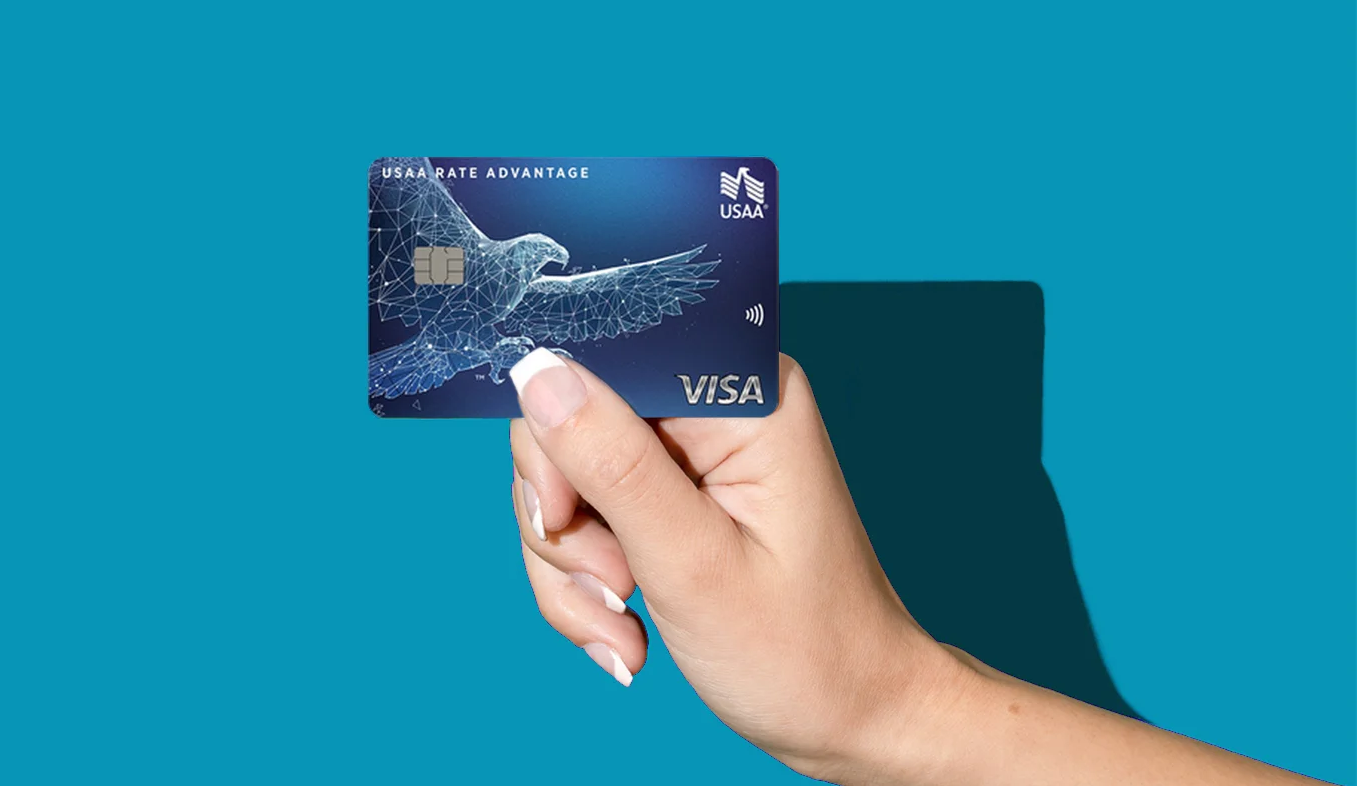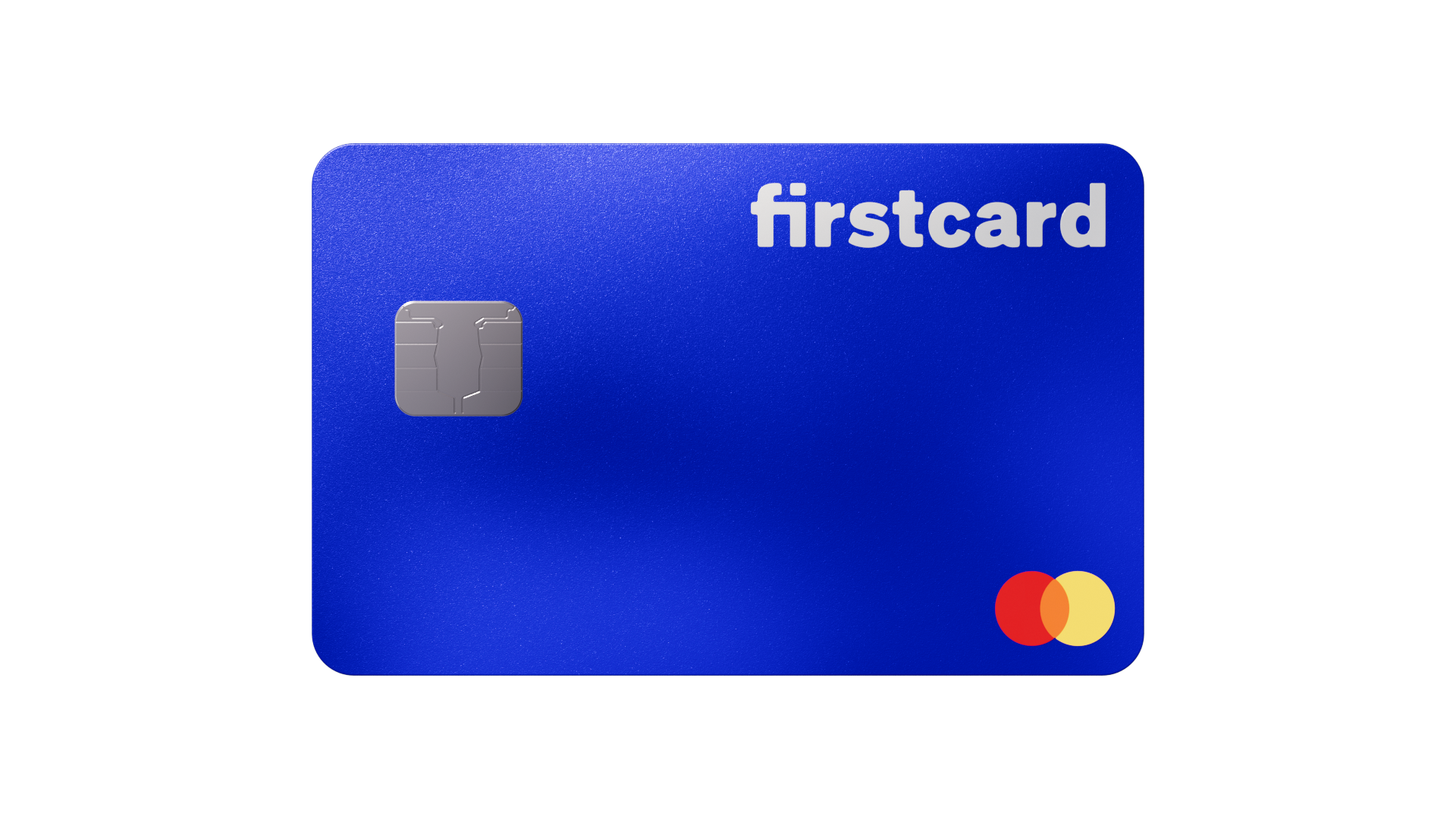How to Maximize the Benefits of Credit Card Rewards Programs

Unlocking the Potential of Credit Card Rewards Programs
Credit card rewards programs are more than just an incentive to use a specific card; they can significantly bolster your financial well-being when approached thoughtfully. With a strategic mindset, these programs transform everyday spending into lucrative benefits, effectively amplifying your purchasing power. In the United States, credit cards are woven into the fabric of daily life, as evidenced by the fact that over 90% of American households possess at least one credit card. This prevalence opens a vast landscape filled with opportunities for savvy consumers.
Types of Rewards to Consider
The rewards offered by credit card companies can vary significantly, and understanding the types available is crucial to maximizing your benefits. Here are a few popular categories:
- Cash Back: With cash back cards, you earn a percentage of your spending back as cash. For example, if you have a card that offers 2% cash back on all purchases and you spend $1,000 monthly, you would earn $240 in a year.
- Travel Rewards: Many cards allow you to earn points or miles redeemable for various travel-related expenses, including flights, hotels, and car rentals. For instance, airlines often launch promotions where you can earn 3x points for every dollar spent on airline tickets compared to 1x for other purchases.
- Bonus Offers: Sign-up bonuses can be substantial. Some cards offer enough points for a free flight after you spend a certain amount within the first few months. Imagine securing a round-trip ticket to Europe simply by meeting the bonus requirement within a few months!
Strategizing Your Rewards
To truly harness the power of credit card rewards, you must become adept at navigating the nuances of these programs. Many rewards cards provide extra points or cash back in specific spending categories, which means you can optimize your rewards by aligning your spending habits with the right cards. For instance, if you frequently dine out, a card that offers 3x points at restaurants could yield impressive benefits.
Additionally, some consumers pair multiple cards to enhance their rewards further. For example, someone might use a cash back card for everyday expenses like groceries and another card optimized for travel rewards for larger purchases, such as vacations or flights. This dual approach allows them to capitalize on the strengths of each program.
Your Path to Financial Freedom
Ultimately, the exploration of credit card rewards isn’t just about accumulating points; it’s about making informed choices that lead to significant savings and enhanced experiences. Whether you are an infrequent buyer or a jet-setter, there is a rewards program that will align with your lifestyle and financial ambitions. As you become more informed about these offerings and strategies, you will discover that every dollar spent can indeed work harder for you.
In conclusion, credit card rewards programs hold the potential to transform everyday expenditures into valuable financial resources. By understanding the different rewards, tailoring your strategy to your spending habits, and taking advantage of bonus offers and multipliers, you can unlock a wealth of savings and experiences that benefit your life.
LEARN MORE: Click here to discover the legal aspects of pet adoption in Nigeria
Understanding the Landscape of Credit Card Rewards
When navigating the world of credit card rewards, a critical first step is demystifying the various types of programs available. Each credit card has its unique offerings, and being informed about the specifics can lead to a more substantial payoff in rewards. Here, we delve into some of the essential categories you should consider.
Evaluating Different Reward Structures
Credit card rewards programs generally fall into three primary categories: cash back, travel rewards, and points. A closer look at these categories reveals how varying structures can cater to different consumer needs:
- Cash Back: Cash back cards provide a straightforward approach to earning rewards. Typically, you earn a percentage of your total purchases back in cash, which can be applied directly to your account or redeemed for gift cards. For instance, if you have a card that offers 1.5% cash back on all purchases and you consistently spend $500 monthly, that amounts to $90 back at the end of the year. There are also cards that offer elevated cash back rates for specific categories such as groceries or gas, making it essential to analyze your spending patterns.
- Travel Rewards: Travel rewards cards are ideal for individuals who travel frequently or plan to do so in the near future. With these cards, you earn points or miles that can be redeemed for flights, hotel stays, and other travel-related expenses. For instance, many travelers can benefit from cards that offer 2-3x points on travel purchases, effectively allowing them to accumulate a significant number of points with minimal effort.
- Points Systems: Some credit cards operate on a points system that allows you to accumulate points for various types of purchases. These points can often be redeemed for merchandise, gift cards, or even cash. Some points systems connect with retailers to create promotional offers, allowing cardholders to earn extra points for shopping at certain stores. Understanding the redemption process is essential, as some points can have different values depending on how and when you choose to redeem them.
Considering Your Spending Habits
Once you establish the types of rewards that suit your needs, it’s vital to consider your spending habits. Different cards can complement various spending patterns, leading to optimized rewards. For example, if you frequently dine out, a card offering higher points on restaurant purchases can significantly enhance your rewards potential. Alternatively, if you are a regular online shopper, you might discover cards that provide bonus points on e-commerce purchases.
Combining multiple cards can also be an advantageous tactic. By selecting one card that excels in cash back for everyday expenses like groceries and another that offers travel rewards for larger purchases, you can maximize the benefits from both types of programs. This strategic approach ensures that every dollar you spend works harder for you while also enhancing your overall financial experience.
In essence, understanding the landscape of credit card rewards programs provides the foundation for a successful approach. By evaluating the distinctive structures and aligning them with your personal spending, you will be well-equipped to capitalize on the benefits available to you.
DISCOVER MORE: Click here to learn about exercise routines for your dog’s health
Optimizing Credit Card Usage
To truly maximize the benefits of credit card rewards programs, it’s essential to adopt smart usage strategies that align with your lifestyle and goals. Understanding the nuances of your card will enable you to extract the most value from every purchase while also maintaining sound financial habits.
Utilizing Sign-Up Bonuses
Many credit cards entice new customers with lucrative sign-up bonuses that can significantly boost your rewards balance. These bonuses often require you to spend a specified amount within the first few months of account opening. For instance, a card may offer a 50,000-point bonus after you spend $3,000 within the first three months. This can translate to free flights or hotel stays, depending on the points program. To leverage these offers, consider timing your application with major expenses, such as home purchases, vacations, or holiday shopping, to meet the spending requirement without straining your finances.
Taking Advantage of Category Bonuses
Credit card companies frequently categorize certain purchases to offer enhanced rewards. For example, some cards might provide 5x points on grocery purchases or 3x points on gas. Keep an eye on these rotating categories or tiered reward structures, as they can change frequently. Planning your spending based on these categories can yield significant returns. If you know your card offers higher rewards for specific categories, consider using that card strategically for relevant purchases to maximize your points accumulation.
Participating in Loyalty Programs and Partnerships
Many credit card providers have established partnerships with airlines, hotels, and even restaurants that allow cardholders to earn additional rewards or enhanced benefits. By linking your credit card to loyalty programs, you can unlock new earning opportunities or bonus conversions. For instance, some travel rewards cards allow you to transfer points to airline frequent flyer programs, often at favorable ratios. This means that a single point could hold more value when redeemed through a partner program for flights or upgrades. Researching these partnerships may reveal hidden avenues to earn and redeem points more efficiently.
Being Mindful of Fees and Interest Rates
While maximizing rewards is appealing, it’s equally critical to monitor potential fees and interest rates associated with credit cards. High annual fees or elevated interest rates can negate the benefits gained through rewards. For instance, if a card has a $95 annual fee, you should aim to earn rewards that exceed that cost. Additionally, carrying a balance from month to month may lead to accruing interest that outweighs your rewards earnings. Strive to pay your balance in full each month to enjoy the perks without falling into debt.
Regularly Reviewing Your Credit Card Strategy
Lastly, periodic reassessment of your credit card strategy is essential. As your spending habits change or new cards with better rewards enter the market, it may be time to switch or add cards to your portfolio. Utilize credit card comparison tools to explore options that may provide better rewards based on your current lifestyle or financial situation. Reading reviews and understanding the newest offers can lead to newfound savings and rewards that you simply can’t ignore.
By implementing these strategies, you can navigate the complex terrain of credit card rewards more effectively, ensuring that each purchase contributes to a richer financial landscape. Maximizing the benefits of credit card rewards programs is not merely about the cards themselves, but about adopting an informed, proactive approach to your spending and reward redemptions.
DIVE DEEPER: Click here to discover more about veterinarians’ roles
Conclusion
In today’s financially driven landscape, understanding how to maximize the benefits of credit card rewards programs can significantly enhance your purchasing power and lead to substantial savings. As outlined, it’s not enough to merely hold a credit card; one must be strategic in its usage. By taking advantage of sign-up bonuses, category rewards, and loyalty partnerships, you can boost your rewards earning potential while pursuing your everyday expenses.
However, caution is key. Balancing the pursuit of rewards with an awareness of fees and interest rates can prevent unnecessary financial strain, ensuring your rewards are truly beneficial rather than overshadowed by costs. Additionally, regularly evaluating your credit card strategy allows you to adapt to changes in your spending habits and explore newer options that might better suit your needs.
Ultimately, maximizing your credit card rewards involves an ongoing commitment to education and careful planning. By remaining informed and proactive, you can turn your credit card into a powerful tool for financial gain rather than a potential pitfall. The road to smart spending and rewarding experiences is accessible—discovering new avenues for rewards is just a few savvy decisions away. Embrace this opportunity, and watch as your credit card transforms from a simple payment method into a gateway to exciting rewards and savings.


